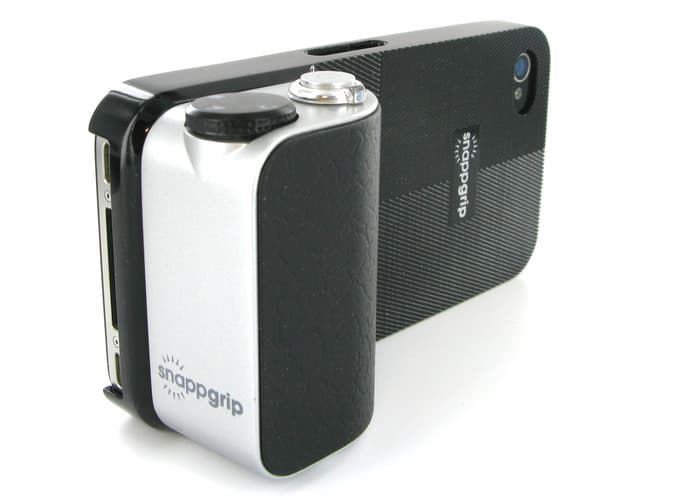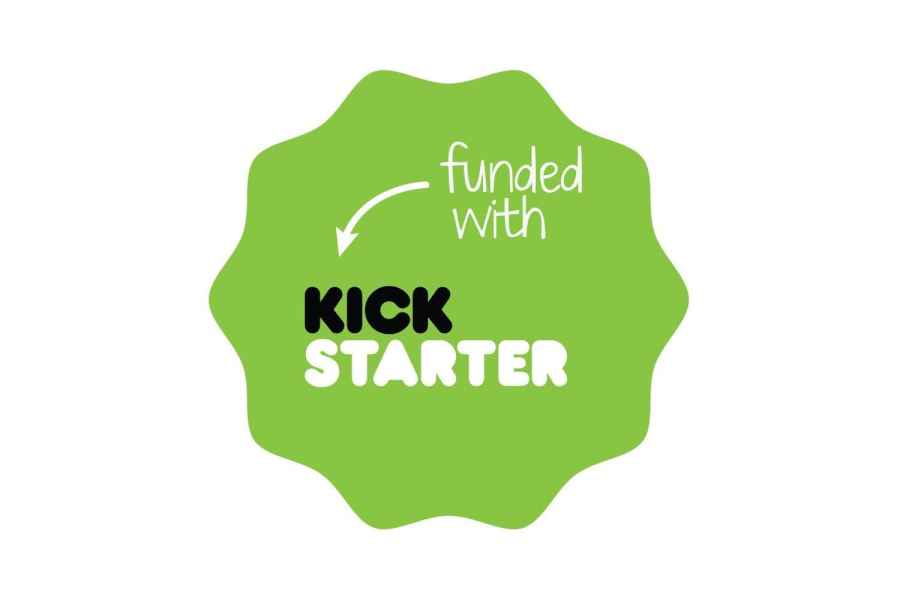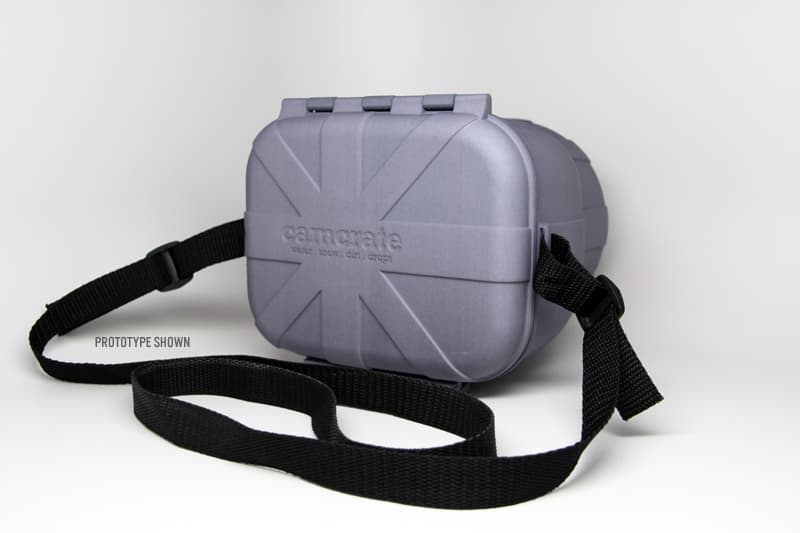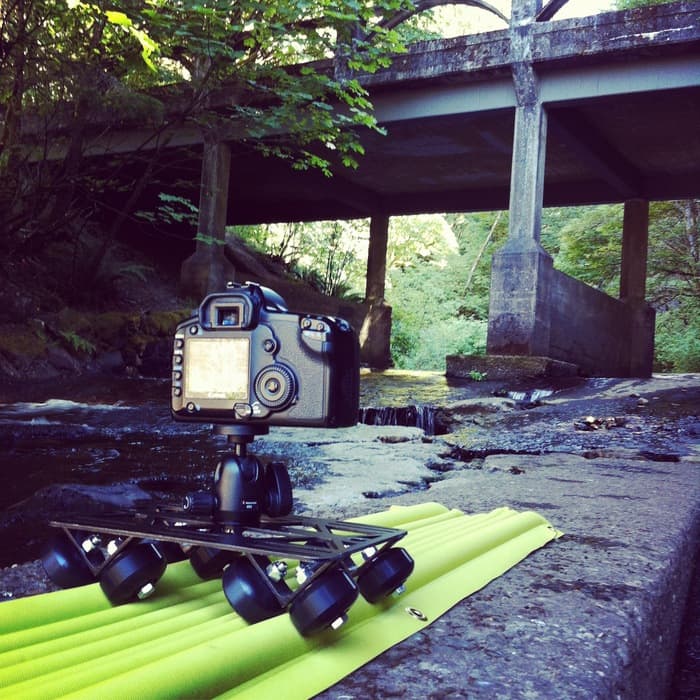Crowdfunding has undoubtedly brought us plenty of great photo products. The Peak Design Capture Clip, the iPhone Olloclip, the Lomography Petzval lens, to name a few, all began their respective journeys to market on Kickstarter and likely wouldn’t have gotten anywhere close without it.
However, placing so much of the risk over a product’s success on the consumer can have its drawbacks, as backers of Triggertrap’s ‘Ada’ high-speed trigger found out last week when the firm admitted that it would be unable to deliver the product, despite having spent 80% of the money raised from its (vastly overfunded) Kickstarter campaign.
Kickstarter’s terms of use state clearly that ‘the creator is solely responsible for fulfilling the promise made in their project’ – AP recently spoke to a technology and commercial lawyer in a bid to ascertain exactly what the crowdfunder’s legal rights are when a project fails on its promises.
While cool or interesting Kickstarter projects often generate a lot of buzz when announced, this tends to taper off after the funding deadline, meaning there is often a lack of scrutiny as to whether a project has delivered what it promised by anyone other than those who put their money into it.
We take a look at some of the recent Kickstarter projects that have either struggled or failed entirely to deliver on the promises they made to their backers…
Snappgrip
 Lee Harris’s Snappgrip, a snap-on camera grip for iPhone 4 and iPhone 5 users to control manual shooting functions, raised £27,632 on January 28, 2013.
Lee Harris’s Snappgrip, a snap-on camera grip for iPhone 4 and iPhone 5 users to control manual shooting functions, raised £27,632 on January 28, 2013.
Two years later and there appear to be a lot of questions surrounding the Snappgrip, as many people who funded the project are still protesting that they never received their promised unit.
While the product appears to be available on Amazon, and has been reviewed on a few websites, it doesn’t appear to be widely available. The official Snappgrip domain name is still registered, but the website itself is just a static page that says ‘Coming Soon!’
On closer investigation, AP ascertained that the Snappgrip brand is no longer owned by creator Lee Harris and now belongs to a Chinese company called Anchor Far East.
When contacted about the Snappgrip, a spokesman for Anchor Far East told AP, ‘We will release the product soon’.
He said that Anchor Far East had been responsible for product design, development and manufacturing, while Lee Harris ran marketing and sales ‘with another company’.
Anchor Far East later took over the brand of Snappgrip and some stocks that were shipped to Harris as part of a settlement of debt following Harris’s announcement that he would be out of business in August 2014 (an announcement that does not appear to have been shared with Kickstarter backers).
On the subject of the people who funded the project, the spokesman for Anchor FE said, ‘We feel very sorry for the Kickstarter backers. We tried to find out why Lee didnt ship the products to some of those guys and it seems that the distributor Lee used [in the U.S.] has money issues so the goods were held.’
As recently as last week, angry backers are still posting comments on the Snappgrip Kickstarter page:
 Lee Harris was not available for comment.
Lee Harris was not available for comment.
Cam Crate
Back in February 2012, Matthew Geyster opened up a Kickstarter for Cam Crate, a ‘portable, life-proof DSLR case’ that would allow amateur photographers an easy way to carry their gear around in all weathers.
It was a popular idea – Matthew received coverage from blogs such as Wired, PetaPixel, Cnet and The Phoblographer and ended up overshooting his $20,000 funding goal to raise a total of $24,601 (£16,135). As Matthew had form with a previous successful Kickstarter, it must have seemed like a sure bet.
Unfortunately, it appears that Matthew quickly ran into complications with his design. An article in Bloomberg, published in July 2012, explains that complications with Cam Case’s foam insert caused Matthew to realise he would miss his May 2012 shipping date. Backers who had pledged $75 or more for a Cam Crate found out they were going to have to wait, and many were less than pleased.
Eight months later after the funding goal was surpassed, Matthew announced that the project was cancelled.

Matthew’s announcement regarding the cancellation of his project, and his final public communication on the page
Despite the promise of refunds, this appears to be the last communiqué Matthew sent. As of October 2014, two years down the line, backers can still be seen protesting that they are yet to receive any of the promised refunds, and some talk of taking legal action.
Matthew has not logged into Kickstarter since October 19, 2012, the Cam Crate website is offline, and his public social media accounts are inactive.
Matt Geyster has not responded to AP’s request for comment.
QuikDraw
The Quikdraw, a belt-mounted system for fast lens changes, is a cool idea, and it’s easy to see why it raised $114,095 from backers in September 2012.
However, we’re now more than two years down the line and many of these original backers are yet to receive either their Quikdraw or much communication at all from its inventor Riley Kimball.
There are several comments from backers who say they have received Canon-mount Quikdraws, however it’s a different story for Nikon users. In a comment posted on March 26, 2014, Kimball claimed that Nikon units would ship ‘in April’. However, several subsequent comments from Nikon users indicate they have not received their Quikdraw, and there are no comments where a Nikon user claims to have received one.
The official Quikdraw website is still active, but products are still only available to ‘Pre-order’ despite a gap of more than two years since the successful Kickstarter.

Recent comments from the Quikdraw page show that while some backers have received the product, others have been waiting for several years
However the product does still seem to be alive, as backer Isaac Hsieh discovered when he encountered Riley Kimball and a Quikdraw stand in person at the WPPI (Wedding Photography Association) expo in Las Vegas at the beginning of March, 2015.
‘I talked to Riley at his WPPI booth [and] I told him I was an initial Kickstarter backer,’ Isaac told AP. ‘When I told him I had never received a reward, he immediately asked if I was waiting on a Nikon Quickdraw. I don’t know how many people are still waiting on their rewards, but I know Nikon users especially got the short end compared to the Canon users.’
According to Isaac, Kimball explained that the original unit suffered problems related to the ‘coating flaking off after a certain amount of use’, meaning that parts originally being made in China had to be resourced from the US
Despite Kimball’s assurances, Isaac described his expectations of the Quikdraw’s future as ‘mixed’, and said that he was ‘very sceptical’ that he would receive anything within the next month as promised.
‘Outside of randomly seeing them at WPPI, I have not heard anything from the company,’ he said. ‘The entire thing still feels like a company that could one day disappear completely. Their website currently works, but I wouldn’t be surprised if one day the domain comes up with an error. They have no social media presence to give updates. They don’t even have a blog to detail their redesign of the product.’
Though Isaac has had many positive experiences with Kickstarter, such as when he backed a project by Peak Design, he says the saga of the Quikdraw has taught him to be more careful.
‘This experience certainly taught me a lesson about Kickstarter. I am very cautious about what projects I back now. Especially if it’s for a product and it’s a single person/very small team that is behind it. If I do invest into a Kickstarter I now have to think to myself if I’d be alright never receiving anything,’ he said.
Quikdraw has not responded to AP’s request for comment.
AirTracks
AirTracks, a portable inflatable slider system for DSLR video-makers, was backed to the tune of $32,618 (£21,393) in November 2012.
Fast forward to November 2014, and the backers are complaining that 14 months of silence from project creator Tom Baker indicates that they are unlikely to ever see a product delivered.
The last creator update to the page was written on August 2, 2013 and is titled ‘Still on schedule for an October release’. However, no comments from backers since then mention receiving an AirTracks system, and the official listed domain www.inflatabletracks.com has expired. Nor do any comments from backers mention refunds being offered or given.
One backer named Patrick Rousseau claims to have reported Baker to the New York State Attorney General, and posted the response he received onto the Kickstarter page. It appears that the Attorney General’s office did manage to elicit a response from Baker, in which he claimed that the wheeled portion of AirTracks was what caused the delays, and that he was still trying to raise the $30,000 to repay his Kickstarter backers.
Creator Tom Baker has not logged into Kickstarter since August 28, 2013. He has not responded to AP’s request for comment.
SnapFocus Follow Focus
The original fundraising campaign for SnapFocus, a mechanical focus-pulling system for DSLR video, was a huge success, raising $110,957 against a target of $20,000 on June 29, 2012.
Since then, however, progress appears to have stalled. Many backers are angry that they have not received their promised units, and some are threatening legal action.
The last update from creator Brandon Cole, founder of Midas Mount, was posted on January 21, 2015. In it he asks for votes to win the Microsoft Small Business Contest, the prize for which is a $20,000 grant.
In the update, Cole says: ‘We simply ran out of Kickstarter money and investment capital for this project and a grant like this would bring us across the finish line.’
In the video he produced for the competition, viewable here, Cole mentions the Kickstarter, saying: ‘The biggest challenge I had to face is when I launched a new product on a crowdfunding site and it got overfunded. I wasn’t prepared for mass production and I went into a great deal of personal debt redesigning the product, filling orders and trying to figure it all out. At the time it looked like the end of things.’
Since then there have been no updates. SnapFocus appears to be available to buy on the official Midas Mount site, but no-one who initially invested in the project has claimed to have received their promised unit.
Midas Mount has not responded to AP’s request for comment.
Investor Beware
While Kickstarter obviously keeps an eye on projects that get funded and those that don’t, when AP asked if it kept data on projects that were funded and subsequently failed to come to fruition, a spokesman for the site was unable to provide any.
‘Of course, not all projects will go as planned — honest failure is part of the creative process, and a system without risk would also be a system without the kind of innovation that comes from taking risks. So there is always risk involved in backing a project on Kickstarter,’ he said.
‘Part of our responsibility is to make sure everyone has the right expectations going in. We’re investing heavily in creating a system that has the health and integrity to survive for the long term. An important part of that system is our all-or-nothing funding model, which empowers our community to decide what should get made.’
There are without a doubt many great projects that have seen life through Kickstarter, and its future as an important part of the photo world looks assured. However, if you’re looking to put your money behind a crowdfunding project it’s worth taking some of the cautionary tales above to heart. Placing money on a Kickstarter is paying for a promise, not a product, and not all promises can be kept.













